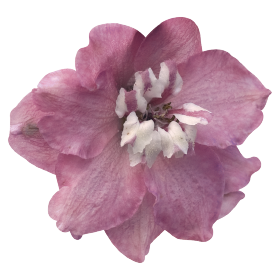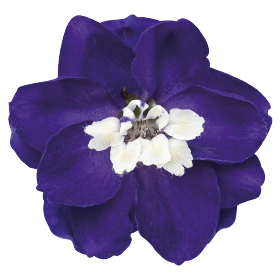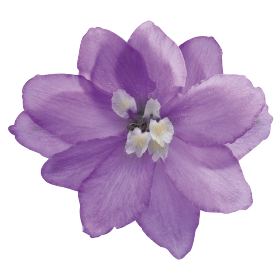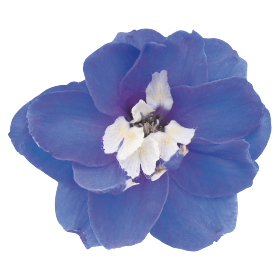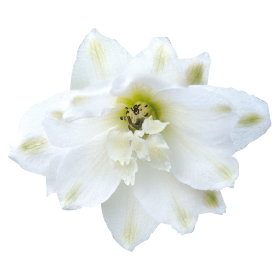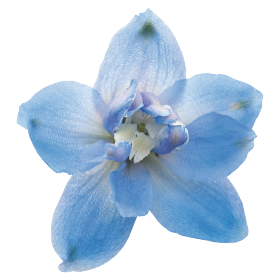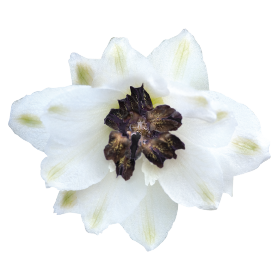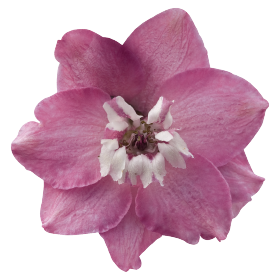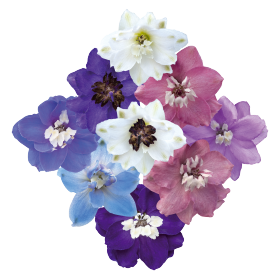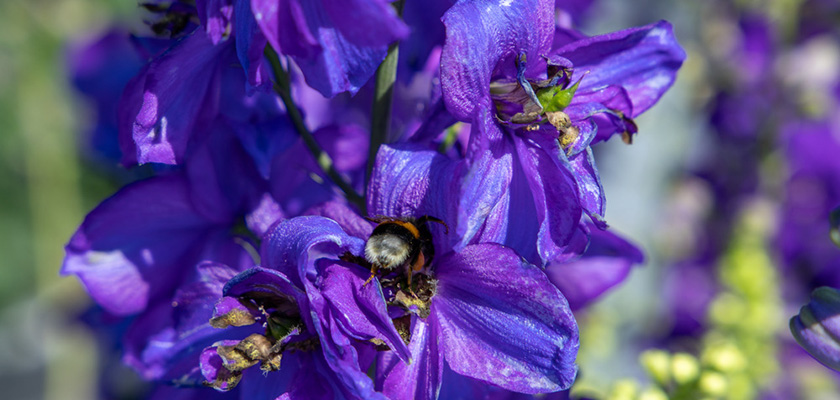
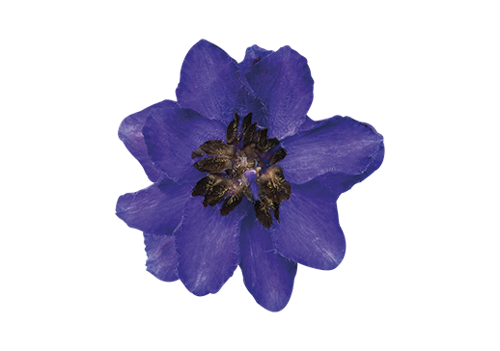
Magic Fountains Dark Blue Dark Bee
Item no.: DE0101R- FastraX perennial: First year flowering without vernalization
- Excellent use as cut flower
- Long vase life
- Attractive inflorescences in intense colors
- Crop Time
- Spring: 18 - 22 weeks
- Height ∅
- 41 ″ / 105 cm
- Exposure
- Sun - Partial shade
- Seed Form
- Raw Seed
- Heat Zone
- 6-1
- Hardiness Zone
- 3b-7b
- Product Use
- Bedding, Cutflower, Landscape
Technical guide
Usage
Background plant, cut flower
Sow time
January – February
Sowing method
2-3 seeds per plug
Germination
12-18 days at 70-75 °F (21-24 °C), in media with low soluble salt levels and pH 5.5-6.5. Cover seed with vermiculite, sand or substrate after sowing. Keep soil slightly moist but not wet.
Growing on
4-6 weeks after sowing transplant 1 plant into a pot 3-4’’ (8-10 cm) and 4-6 weeks later transplant into a container 1,5-2,5 gallon (5-10 l ). For flowering pot production ensure good pot size, to encourage root growth, thus improving plant quality. Plant cut flowers in 10 x 10’’ (25 x 25 cm) space (annual production) or 20 x 20’’ (50 x 50 cm (perennial production). Strain wires alongside the plants for the spikes.
Media
Use a well-drained, growing substrate with 10-30 % clay, 0-15 % parts (e.g. bark, sand, perlite), 1-2 kg /m³, complete balanced fertilizer. 2-4 kg/m³ slow release fertilizer (3-9 months), iron-chelate, micronutrients, pH 5.5-6.5. Field: well-drained, moderate nutrition supply, humus, loamy soils. Standard fertilization: 60-80 g/m² slow release fertilizer (potassium balanced). Do not improve the soil with peat. Keep the soil open.
Temperature
Grow at 59-64,5 °F (15-18 °C) or outdoors. In winter indoors frost free at 37,5-41 °F (3-5 °C) or outdoors. Outdoor fleece cover and dry substrate needed. In spring the plants start to grow for 10-12 weeks at 59-64,5 °F (15-18 °C). A chilling period for flower initiation is not required.
Fertilization
High fertilization levels are required. Fertilize the crop weekly with 100-150 ppm nitrogen (at 2 kg/m³ slow release fertilizer in substrate), using a complete balanced fertilizer. Avoid high ammonium and high nitrogen levels. Don't fertilize after flowering or after early September. In spring fertilize with 100-150 ppm nitrogen using a complete balanced fertilizer. Prevent magnesium deficiency by applying magnesium sulphate (0,05 %) 1-2 times and in case of Iron deficiency apply iron-chelate for 1-2 times. The fertilization with slow release fertilizer is preferred to fertilization with complete balanced fertilizer, because the roots are very sensitive to high salt levels in substrates. Avoid high fertilizer concentrations, it is advisable to fertilize several times with low concentrations weekly. Field: After harvest fertilize the plant additionally with 60-80 g/m² of a slow release and potassium balanced fertilizer. Don't fertilize after flowering.
Stage I Starts with the radicle breaking through the testa. The roots are touching the medium. Ends with fully developed cotyledons.
Stage II Starts from fully developed cotyledons. Ends with the fully developed true leaf or true leaf pair.
Stage III Starts from the fully developed true leaf or true leaf pair and ends with 80% of the young plants being marketable.
Stage IV All young plants are ready for sale and in the process of being hardened off. This stage lasts about 7 days.
The cultural recommendations are based on results from trials conducted under Central European conditions. Different conditions in other parts of the world may lead to deviations in results achieved.
